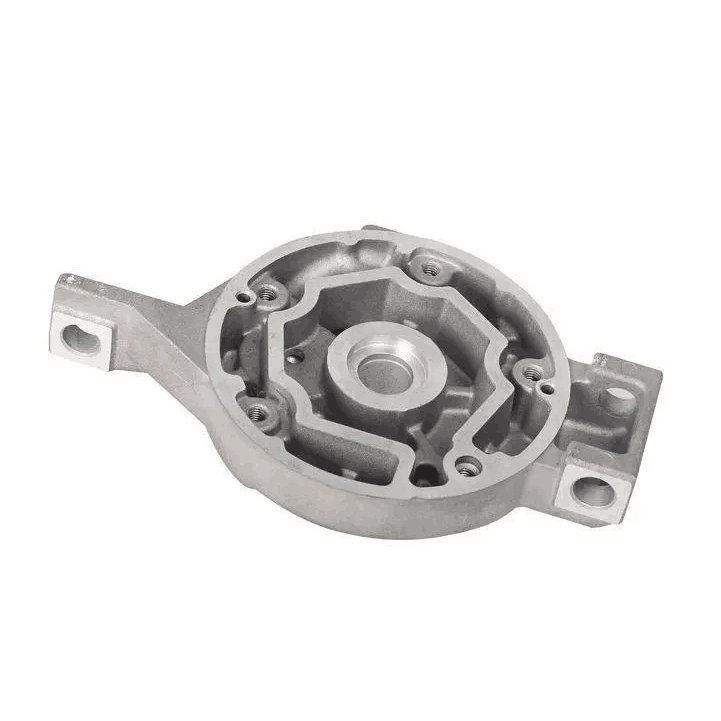 English
English Español
Español  Português
Português  русский
русский  Français
Français  日本語
日本語  Deutsch
Deutsch  tiếng Việt
tiếng Việt  Italiano
Italiano  Nederlands
Nederlands  Polski
Polski  한국어
한국어  Svenska
Svenska  magyar
magyar  Malay
Malay  বাংলা ভাষার
বাংলা ভাষার  Dansk
Dansk  Suomi
Suomi  हिन्दी
हिन्दी  Pilipino
Pilipino  Türkçe
Türkçe  Gaeilge
Gaeilge  العربية
العربية  Indonesia
Indonesia  Norsk
Norsk  تمل
تمل  český
český  ελληνικά
ελληνικά  український
український  Javanese
Javanese  فارسی
فارسی  தமிழ்
தமிழ்  తెలుగు
తెలుగు  नेपाली
नेपाली  Burmese
Burmese  български
български  ລາວ
ລາວ  Latine
Latine  Қазақша
Қазақша  Euskal
Euskal  Azərbaycan
Azərbaycan  Slovenský jazyk
Slovenský jazyk  Македонски
Македонски  Lietuvos
Lietuvos  Eesti Keel
Eesti Keel  Română
Română  Slovenski
Slovenski  मराठी
मराठी  Srpski језик
Srpski језик  ภาษาไทย
ภาษาไทย
Understanding Casting Parts: Everything You Need to Know
2023-11-30
Casting parts play a crucial role in various industries where metal components are required. Broadly speaking, casting refers to the process of creating a three-dimensional object by pouring molten metal or other substances into a mold. Once the material has cooled and solidified, the mold is opened, and the part is removed.
In this article, we will take a closer look at casting parts and their uses in different industries. We will go over the various types of casting processes and materials that are commonly used, as well as the advantages and disadvantages of using casting parts.
Types of Casting Processes: There are several types of casting processes, including sand casting, die casting, investment casting, and centrifugal casting. Sand casting is the oldest and most commonly used process, where a mold is made of sand and a pattern is created. Molten metal is then poured into the mold, and once it has cooled, the sand is removed, and the part is finished. Die casting, on the other hand, is a more precise process where molten metal is injected into a metal mold. Investment casting is a process that involves creating a wax pattern and encasing it in a ceramic shell, which is then heated to remove the wax and harden the shell. Molten metal is then poured into the shell, and once it cools, the shell is broken away. Finally, centrifugal casting is a process where molten metal is poured into a spinning mold, causing the material to be evenly distributed.
Materials Used in Casting Parts:
Casting parts can be made from a variety of materials, including aluminum, bronze, brass, iron, and steel. Each material has its own unique properties and is used in different industries depending on its strengths and weaknesses. For example, aluminum is lightweight and corrosion-resistant, making it a popular choice for automotive parts. Steel, on the other hand, is durable and can withstand high temperatures, making it ideal for use in the construction and aerospace industries.
Advantages and Disadvantages of Casting: One of the biggest advantages of casting is that it allows for the creation of complex shapes that would otherwise be difficult or impossible to produce. Additionally, casting can be a cost-effective alternative to other manufacturing processes, particularly for large quantities of parts. However, there are also some disadvantages to using casting parts. For example, the surface finish of cast parts may be rough or uneven, and the material may be prone to porosity or other defects. Additionally, the process may not be suitable for certain materials or applications, and it may require more time and resources than other manufacturing methods.
In Conclusion: Casting parts have a wide range of uses in various industries, and understanding the different types of processes and materials involved can be crucial for selecting the right parts for a particular application. While there are some disadvantages to using casting, the benefits of this manufacturing process cannot be ignored. By using this information, businesses and individuals can make informed decisions about creating and using casting parts.




